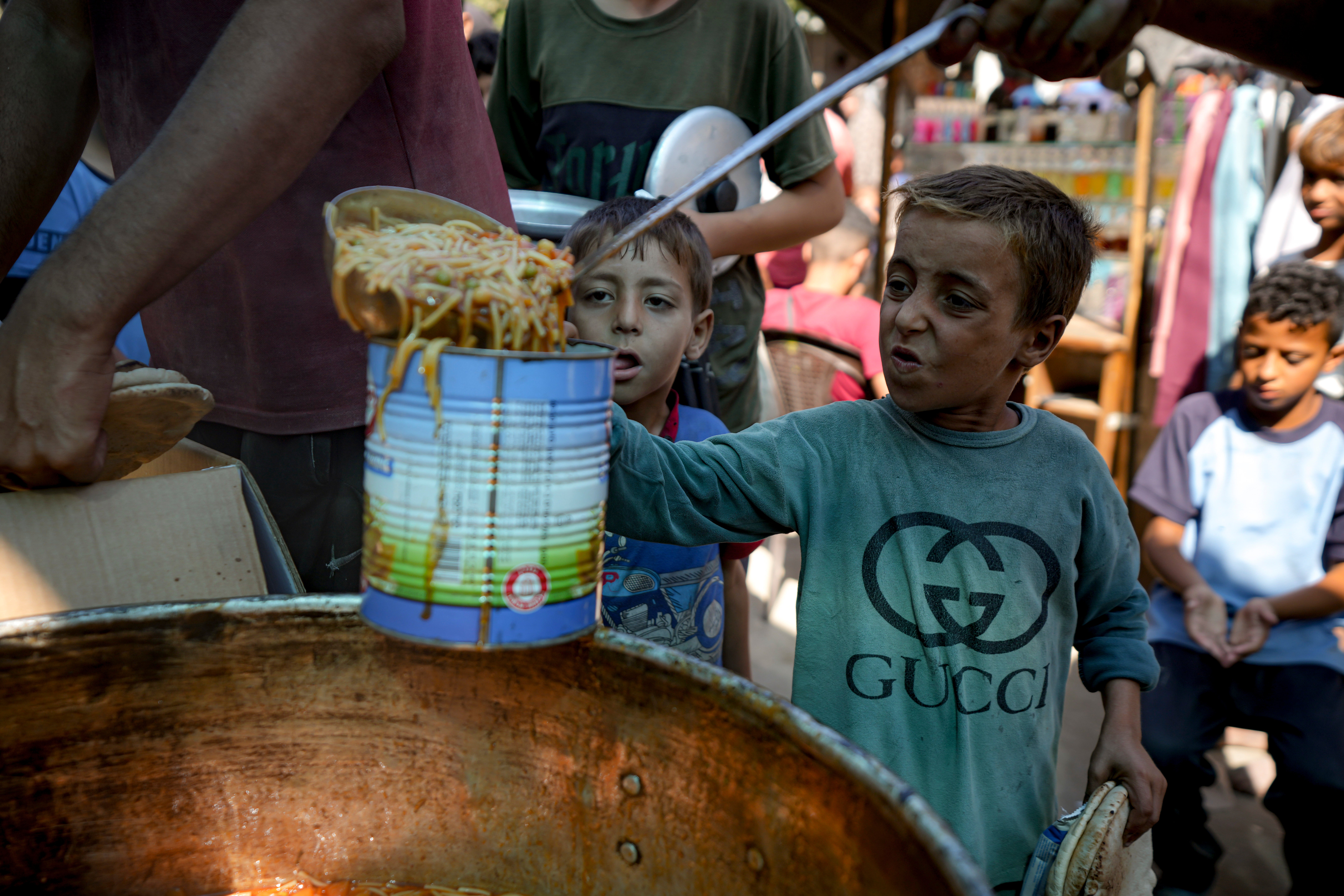More than 1 billion people live in acute poverty. Half are children and many in conflict zones
A new report says more than 1 billion people in the world live in acute poverty, over half are children and nearly 40% live in conflict-torn and fragile countries

More than 1 billion people in the world live in acute poverty, over half are children and nearly 40% live in conflict-torn and fragile countries, according to a report released Thursday.
The report by the U.N. Development Program and the Oxford Poverty and Human Development Initiative at the University of Oxford also said that more than 83% of poor people live in rural areas — and the same percentage live in sub-Saharan Africa and South Asia.
The U.N. Development Program and Oxford have been publishing the Multidimensional Poverty Index, known as the MPI, since 2010 using 10 indicators including health, education and standard of living. This year’s index included data from 112 countries with a combined population of 6.3 billion people.
According to the index, 1.1 billion people live in acute poverty, with nearly half in five countries: India with 234 million impoverished people, Pakistan with 93 million, Ethiopia with 86 million, Nigeria with 74 million and Congo with 66 million.
Over half of the people living in poverty — 584 million — are children under the age of 18, with 317 million in sub-Saharan Africa and 184 million in South Asia, it said. In Afghanistan, where poverty has increased, the proportion of impoverished children is even higher — nearly 59%.
UNDP and Oxford said this year’s report focused on poverty amid conflict because 2023 saw more conflicts than at any time since World War II and that an all-time high of 117 million people were forced to flee their homes due to conflict, disasters and other factors.
Pedro Conceição, director of the U.N. Development Program office that produces its annual Human Development Report, said: “By overlaying conflict data with global MPI data for the first time, the report reveals the stark realities of those simultaneously enduring conflict and poverty.”
“A staggering 455 million people, both multidimensionally poor and living in contexts of conflict, face significantly harsher deprivations — three to five times more severe — when it comes to basic needs like nutrition, water and sanitation, electricity, and education, compared to those in poverty who live in more peaceful settings,” he said in a statement to The Associated Press.
Sabina Alkire, director of the Oxford initiative, said it’s intuitive that reducing poverty is easier in peaceful settings than for these 455 million people, representing nearly 40% of the 1.1 billion poor.
“But the sheer proportions of the populations in our study also fearing for their safety is staggering and points to a real need for fostering and investing in peace,” she said in a statement to the AP.
Alkire said the MPI can show which regions are poorest so anti-poverty efforts can be targeted.
For example, in Burkina Faso, which is ruled by a military junta and faces increasing attacks by extremists, nearly two-thirds of the population are poor, Alkire said.
The MPI shows that poverty ranges from 21% to 88% in different regions of the West African nation — and how deprivations in school attendance, nutrition and years of schooling contribute most to poverty, she said.
This enables anti-poverty investments to be tailored to places in greatest need, “which saves money and augments impact,” Alkire said.
Bookmark popover
Removed from bookmarks